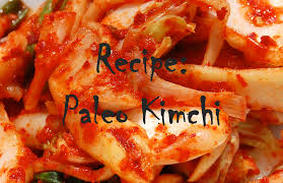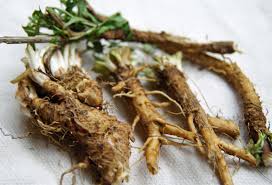The food discussion comes down to three things:
- What to eat?
- How much or how little?
- How many times?
But this post is not about that. It is about the stepchild of nutritive discussion: digestion and absorption.
Digestion gets relegated to back shed because it is not sexy. The conversation involves not only what goes on in the gut but in the small and large intestines. The latest trending discussion at large is the activity of good bacteria in our GI tract. Did you know that half of the content in our gut is bacteria? Did you also know that we are a host to about 100 trillion different microbes in and on our body? These bacteria are known to breakdown the food we eat, fight off infections, and support the immune system. And scientists are even theorizing that the bacterial environment in our stomach and our intestines dictate how much calories, mineral, and vitamins are absorbed or not absorbed. In one study looking at gastric by-pass surgery, the researchers concluded that 20% of weight reduction can be attributable to changes that occurred in the intestinal flora after surgery. In another study, they found overweight people harbor different sets of intestinal bacteria than thinner people. The implication here is that some bacteria helps us to breakdown food better allowing us to absorb more calories while other inhibit the absorption of food. So ironically better absorption might actually be a bad thing.
Being sharp as usual, I can see my “friend” Will asking me: “Hey Dave, does that mean I should support my microbiome by ingesting them good bacteria found in yogurt?”
 Now this is not cool. Paleo kimchi is like a unicorn existing in the Arctic.
Now this is not cool. Paleo kimchi is like a unicorn existing in the Arctic.
Although I have made my own yogurt in the past, these days I use kefir for my probiotic needs. The yogurt that I used to make was much more sour due to a higher lactic acid content—the kefir that I use is sourer and less thick like the yogurt I used to make. Kefir is made from the fermentation of kefir grains (of bacteria and yeast) and milk. Originally from the Caucasus Mountain, some call kefir the drink of the gods. I just call it my “go-to-drink-of-saving-my-upset-stomach.” Little less sexy sounding but I have Kate for that. If you want more interesting info on Kefir you can go here.
Rotten fish and kimchi
Speaking of sexy, this reminds me of an Arctic explorer who goes to the far reaches of Canada in 1908 and ends up living with the Inuit for ten years. Not only was he able to survive, but thrive in more ways than one. One, he ended up hooking up with the Inuit version of an ice Pocahontas. Two, he was able to adapt to their way of living and eating. Basically, veggie’s are like a unicorn in the Arctic, so the diet of the Inuit mainly consists of protein and blubber. Do I hear the Ketogenic Diet here? Besides eating seal, whale, and not one single bite of kale, the one peculiar thing he noticed was that the Inuit had a habit of regularly eating rotten fish—Inuits also eat rotten birds they call kiviaq, which is fermented auks (birds found near the arctic circle) inside of a seal carcass. Yum, yum. In the beginning, he admits that he just couldn’t stomach them, but ultimately, he began to enjoy this stinky plate of Pisces. I guess he got his storybook ending. He got the girl and his good bacteria.
Every culture seems to have their unique fermented food item. Germans have the sauerkraut, the American the pickle, and the Thais their fish sauce. My culture has the famous, or infamous, kimchi.
Prebiotics
While I was reading about probiotics, I came across a short article promoting more use of prebiotics. Prebiotics are not good bacteria themselves, but non-digestible items in food that promote good bacteria’s growth. They are found in foods that are high in fiber, specifically inulin. The highest level of prebiotics is found in chicory root but five to eight servings of regular ol’ fruits and veggies will do the trick. For ab purposes, however, skip the fruit and just stay with the veggies.


0 responses to “Digestion, Microbiome, and the GI Tract ”